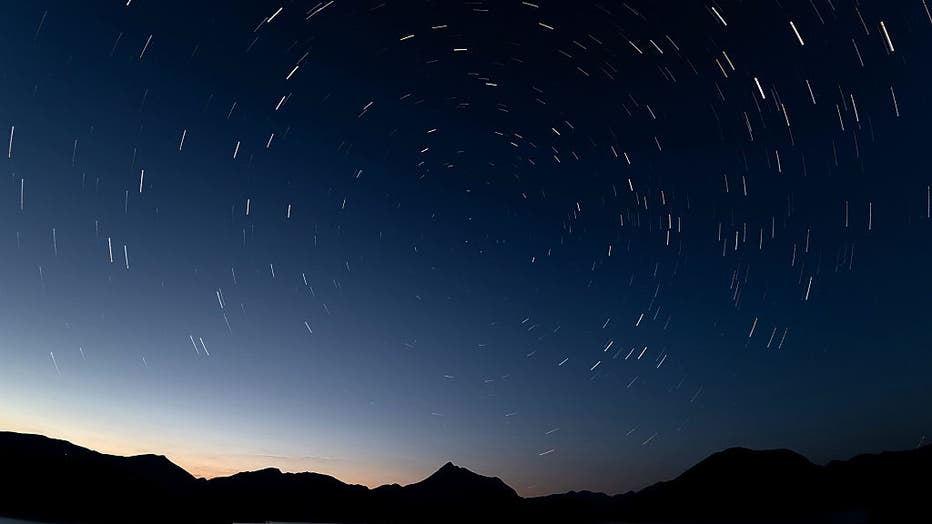Perseid Meteor Shower 2025: When and where to watch this week

Timelapse captures Perseids meteors over Oregon
A timelapse taken from the summit of Oregon?s Black Crater volcano captured the Perseids meteor shower on August 7.
The Perseids meteor shower is expected to peak in mid-August and is considered the best of the year, according to NASA.
However, it may not be totally visible.
NASA said this year, an 84% full Moon on the peak night will hinder visibility. While a few bright meteors may still be visible in the pre-dawn hours, overall viewing conditions will be less than ideal, the agency said.
When can I watch the Perseids meteor shower?
What you can do:
NASA says people can view the shower on the nights of August 12 and 13.
RELATED: Summer's best meteor shower peaks this week: How and when to watch
The best opportunity to view them will be between midnight and dawn — with the optimal time falling between 2 and 3 a.m. local time.

A long exposure photo shows night sky on the meteor shower's peak night in Bonar, Spain on July, 17 2025. (Photo by Samuel de Roman/Anadolu via Getty Images)
What they're saying:
"The average person under dark skies could see somewhere between 40 and 50 Perseids per hour," said Bill Cooke, lead for NASA’s Meteoroid Environments Office. "Instead, you’re probably going to see 10 to 20 per hour or fewer, and that’s because we have a bright Moon in the sky washing out the fainter meteors."
What is a meteor shower?
Dig deeper:
As the Earth orbits the sun, several times a year it passes through debris left by passing comets and sometimes asteroids.
The source of the Perseids is debris from comet 109P/Swift-Tuttle.
When these fast-moving space rocks enter Earth’s atmosphere, the debris encounters new resistance from the air and becomes very hot, eventually burning up.
Sometimes the surrounding air glows briefly, leaving behind a fiery tail — the end of a "shooting star."
You don’t need special equipment to see the various meteor showers that flash across annually, just a spot away from city lights.
How to view a meteor shower
What you can do:
The best time to watch a meteor shower is in the early predawn hours when the moon is low in the sky.
Competing sources of light — such as a bright moon or artificial glow — are the main obstacles to a clear view of meteors. Cloudless nights when the moon wanes smallest are optimal viewing opportunities.
And keep looking up, not down. Your eyes will be better adapted to spot shooting stars if you aren’t checking your phone.
When is the next meteor shower?
What's next:
The next major meteor shower, the Orionids, peaks in late October.
The Source: The Associated Press contributed to this report. The information in this story comes from NASA, specifically statements made by Bill Cooke, the lead of NASA’s Meteoroid Environments Office. This story was reported from Los Angeles.

